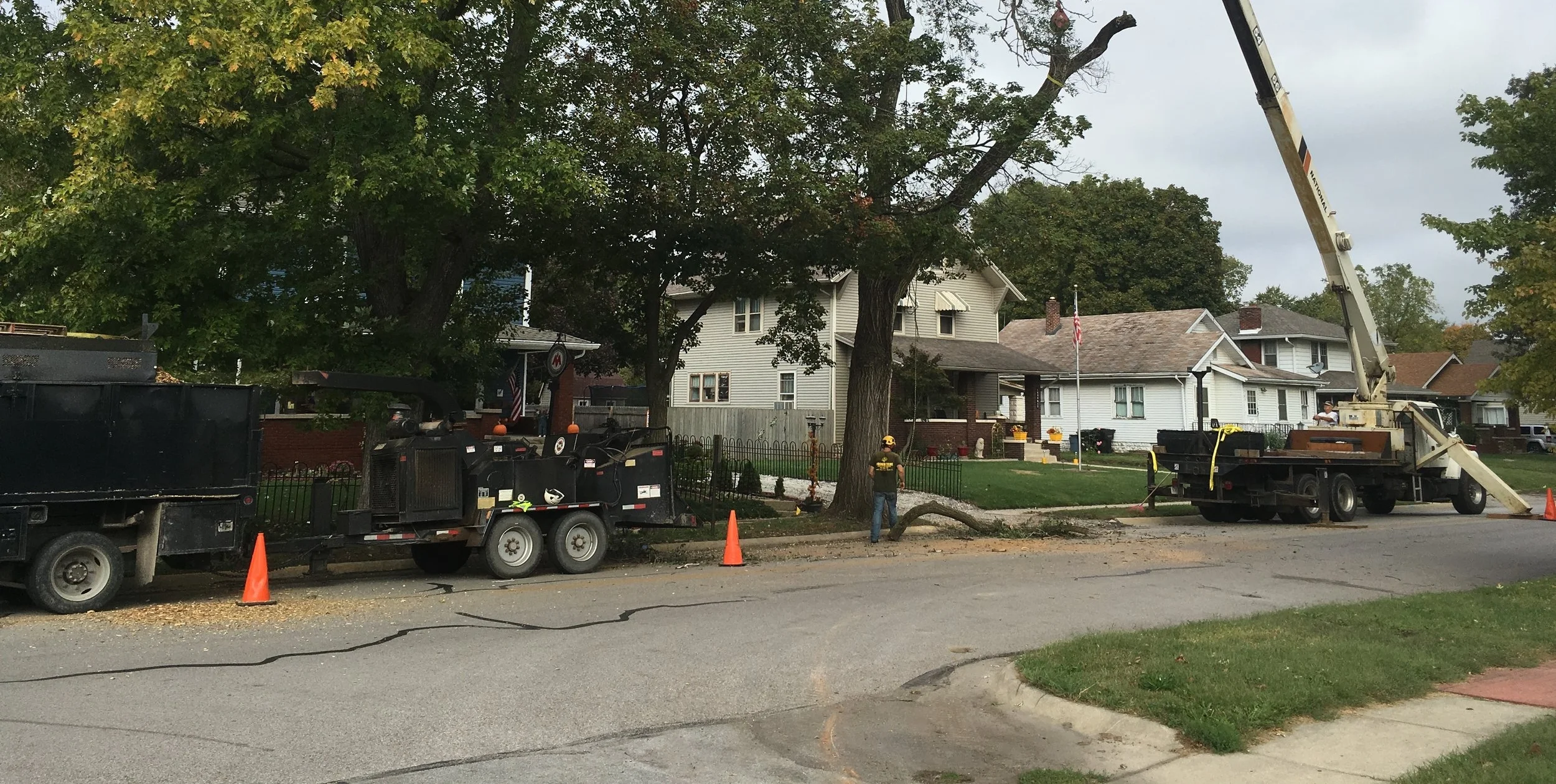Winter Wonders: Trees in Their Quiet Season
/When most of the world slows down in January, trees are quietly at work. Beneath their bare branches, roots are storing energy, preparing for the burst of spring growth. Snow-dusted limbs and frost-covered trunks make winter a surprisingly beautiful season in your yard and a reminder that nature has its own rhythm, even in the cold.
At Browning Tree Service, we love helping homeowners appreciate this quiet beauty. Winter is a great time to:
Enjoy the natural architecture of your trees and the way branches twist and reach, even without leaves.
Spot wildlife tracks in your yard, often hidden in warmer months.
Plan creative landscaping projects inspired by winter views.
Even when everything seems still, your trees are thriving in their own way. Take a moment this January to look at your yard differently. The cold, quiet season holds more life than you might think.
Need help keeping your trees healthy through winter? Call on Joshua and our crew, we’re here to help year-round.
Browning Tree Service employs Joshua Browning ISA certified arborist license #KY-9849A who is a proud member of Indiana Arborist Association and International Society of Arboriculture, serving the West Lafayette and Lafayette, Indiana area.
Resources:
Adding Winter Interest and Wildlife Benefits to Your Landscape










